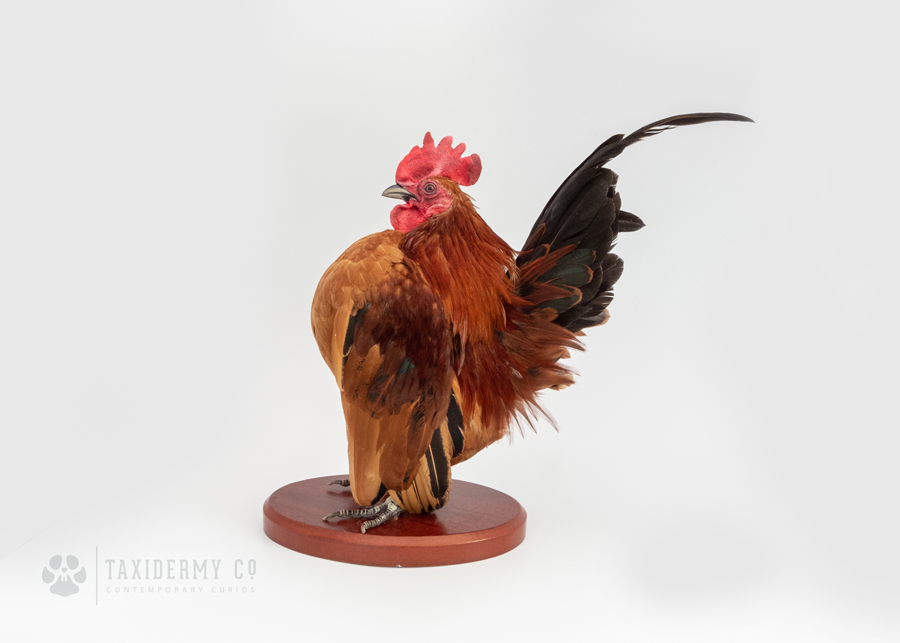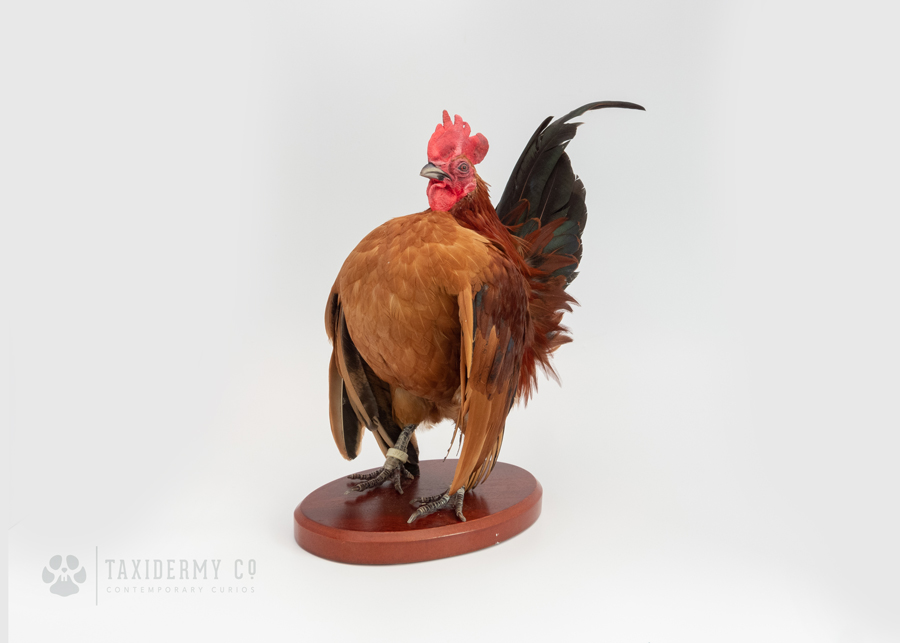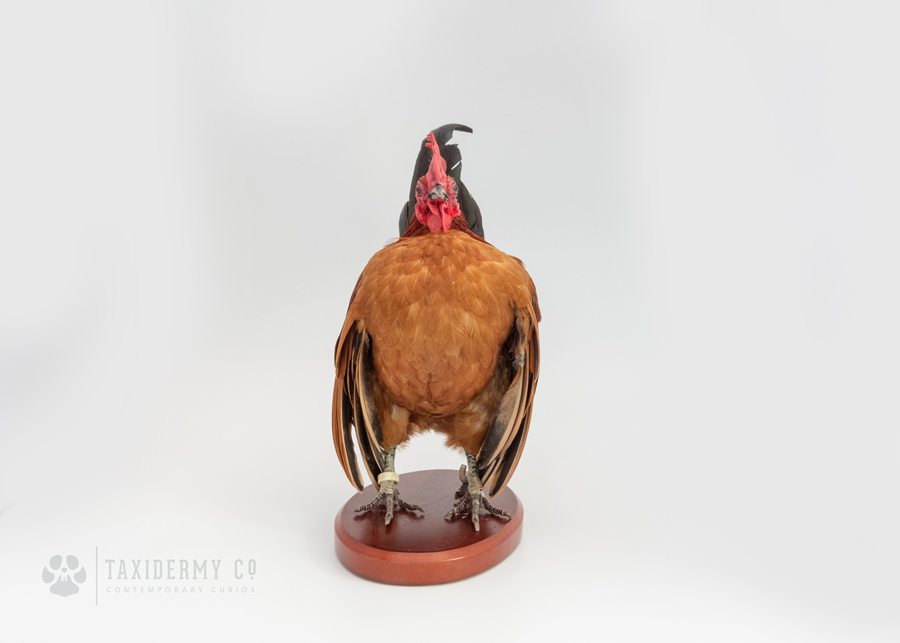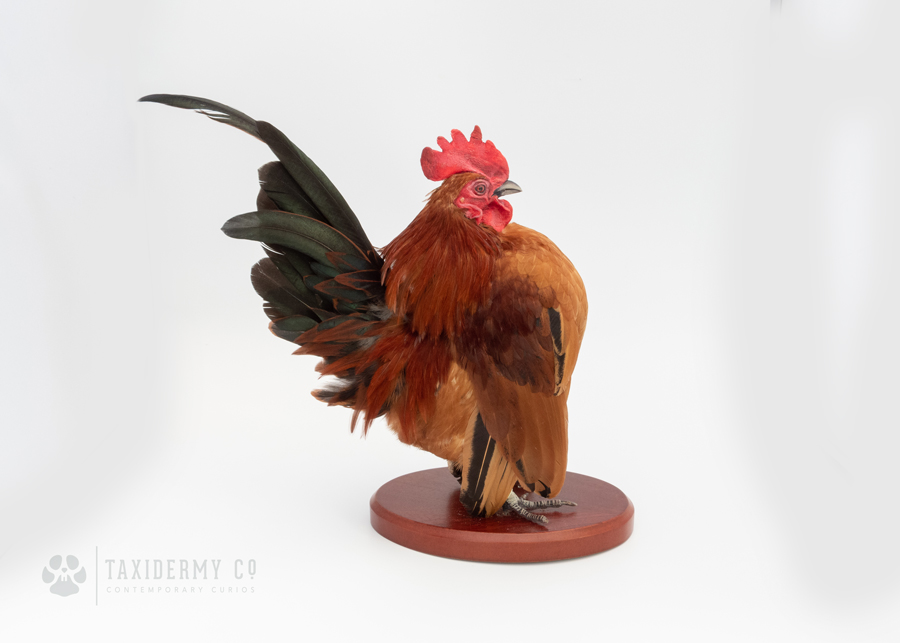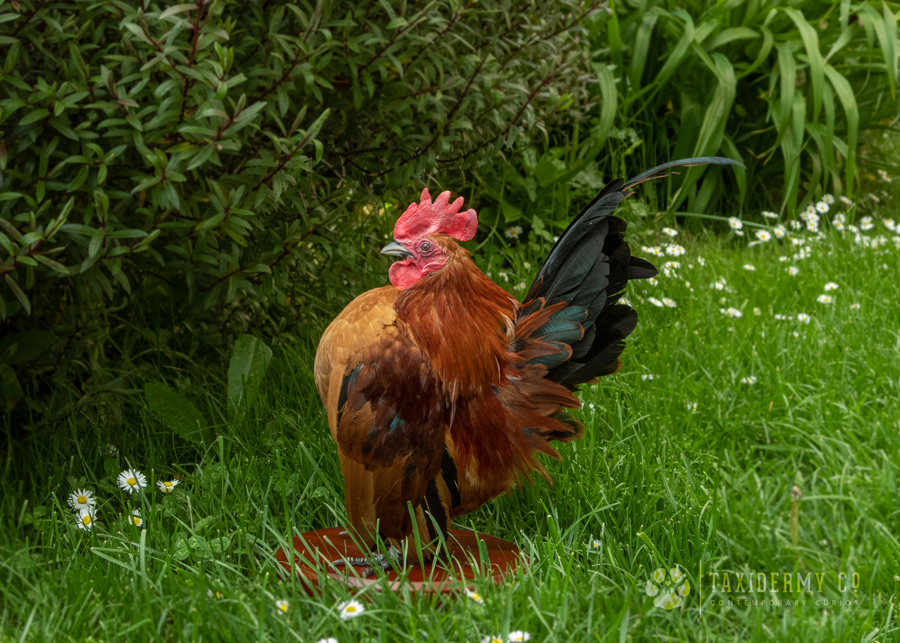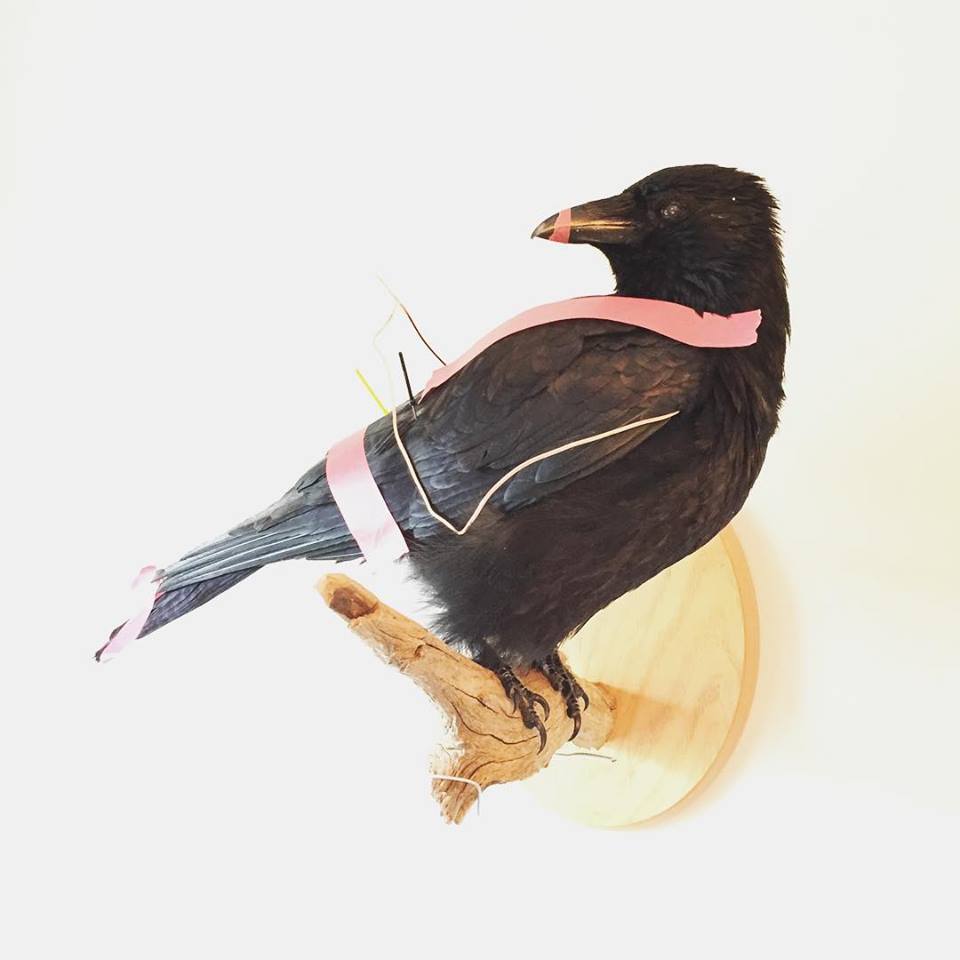A few months ago, I was so excited to work on a dark morph Common Buzzard I have had in the freezer for some time.
It looked in good condition, so I went ahead and skinned it, cleaned and washed it, as well as hand-carving a mannequin for the perfect fit.
All in all, this process takes the best part of 8 hours.
When I got to the final (and best) step of the washing process, drying the skin, to my horror I noticed the entire epidermis of the face was sliding off. (this is known in the taxidermy industry as feather/fur slip)
Crying was the next part of this process.
After sharing my experience with fellow vulture friends, someone suggested I make a falconry mount with a hood to disguise the head as the rest of the body was in relatively good condition. So that’s what I did!



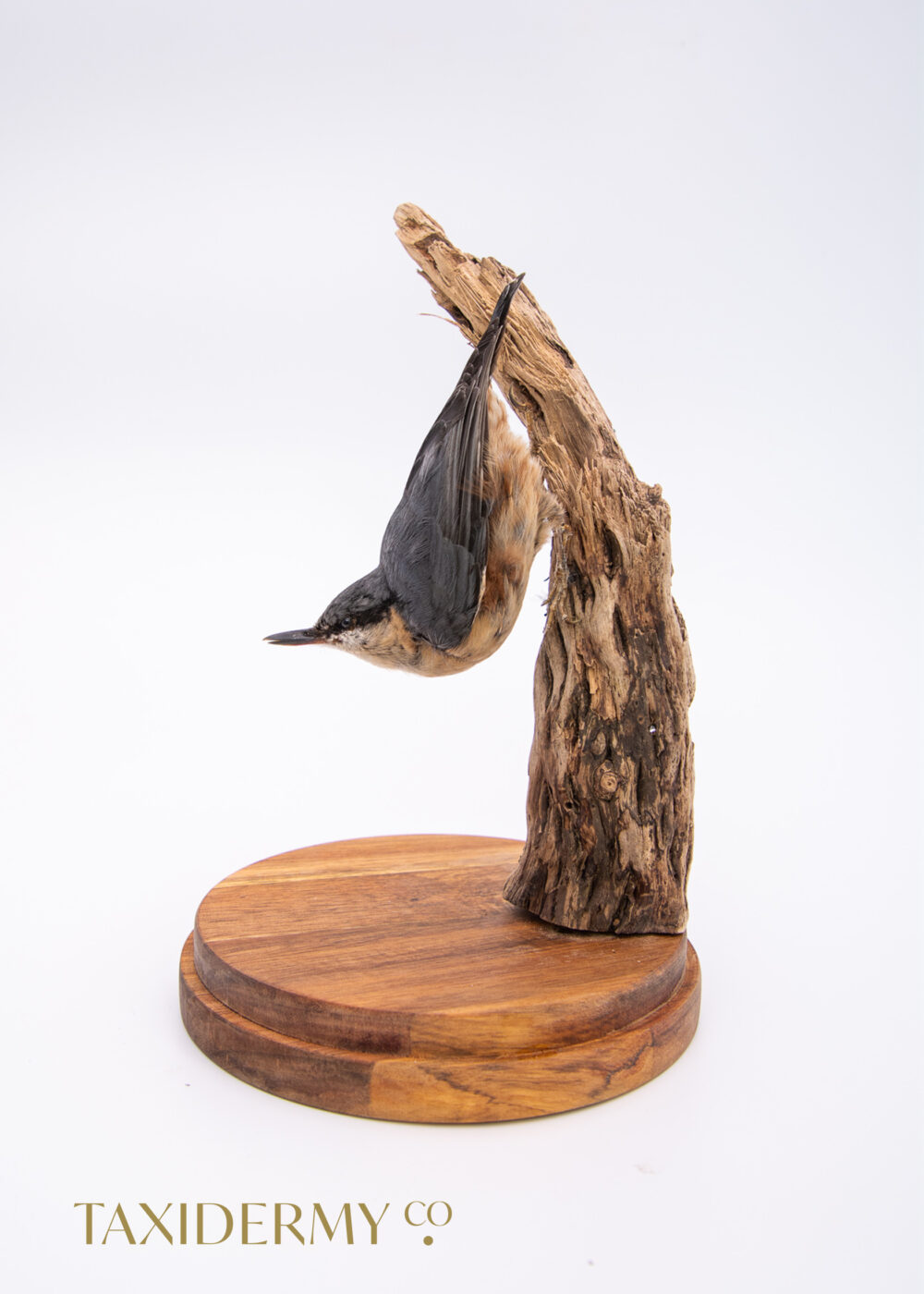




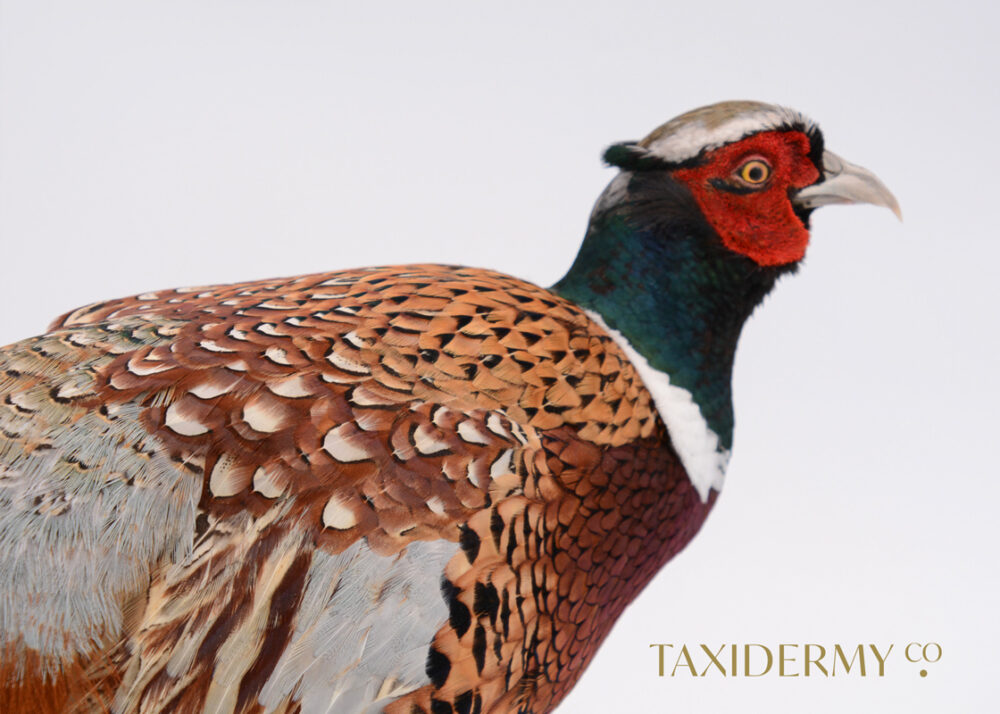

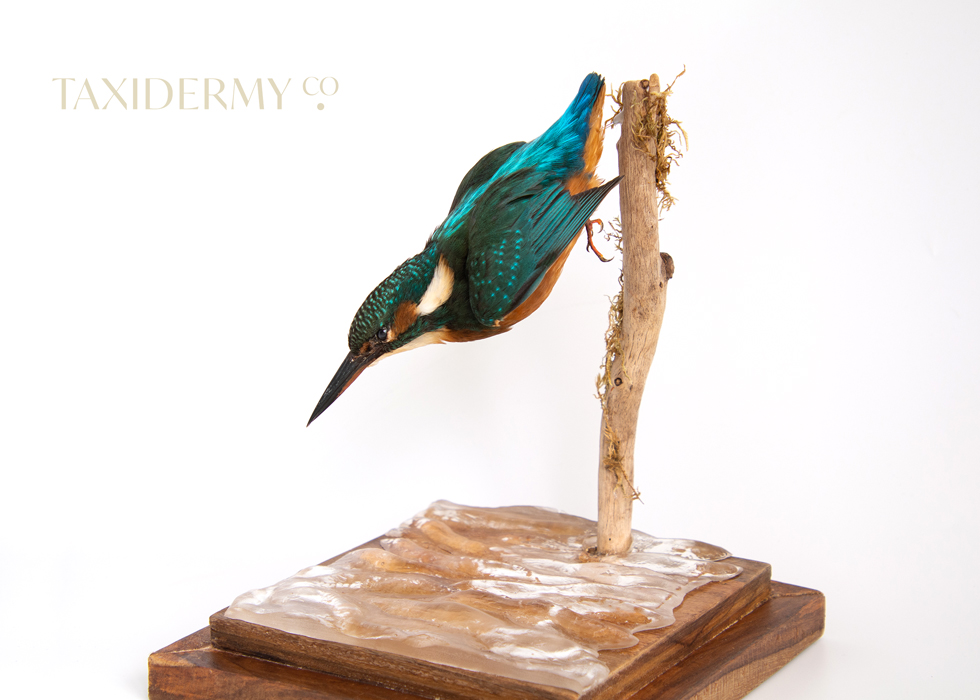






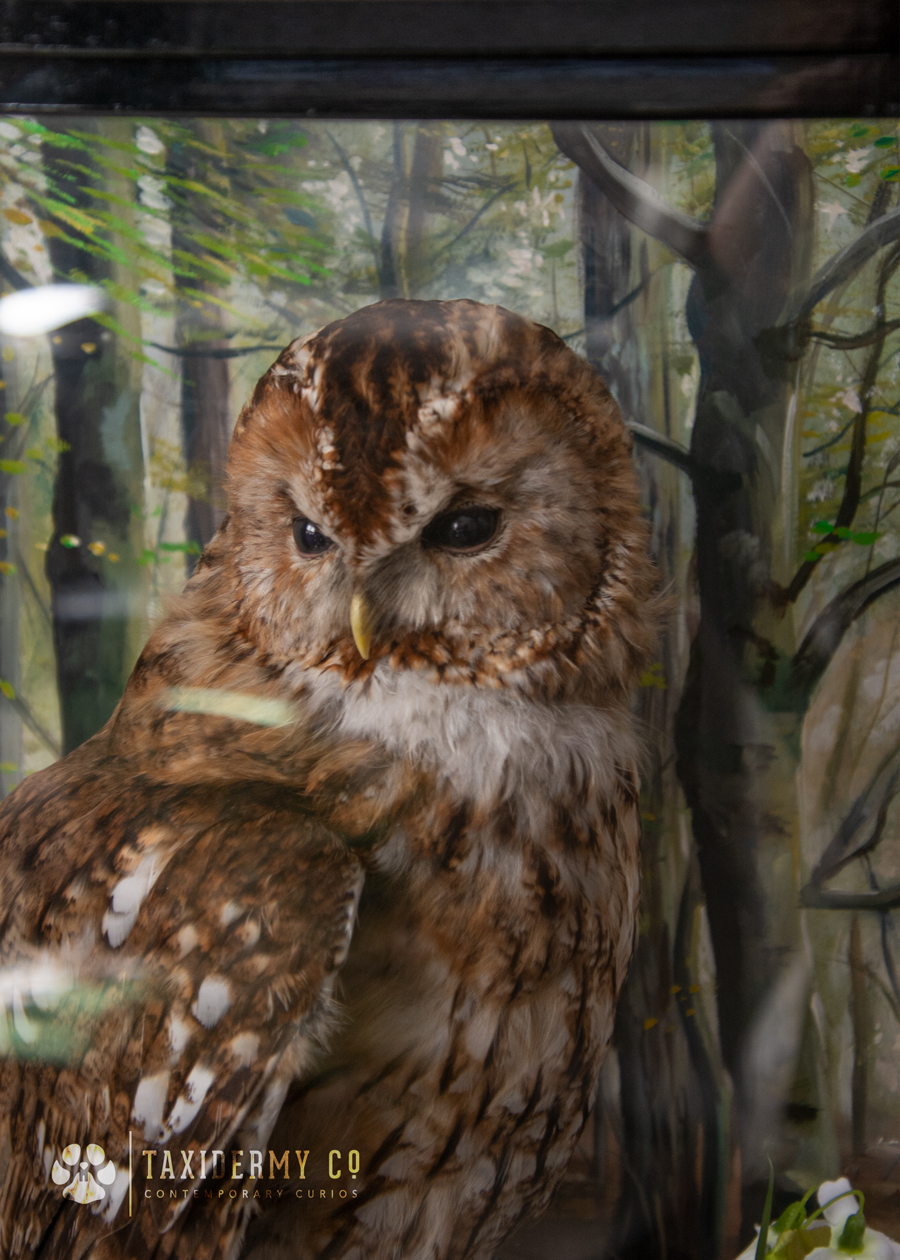
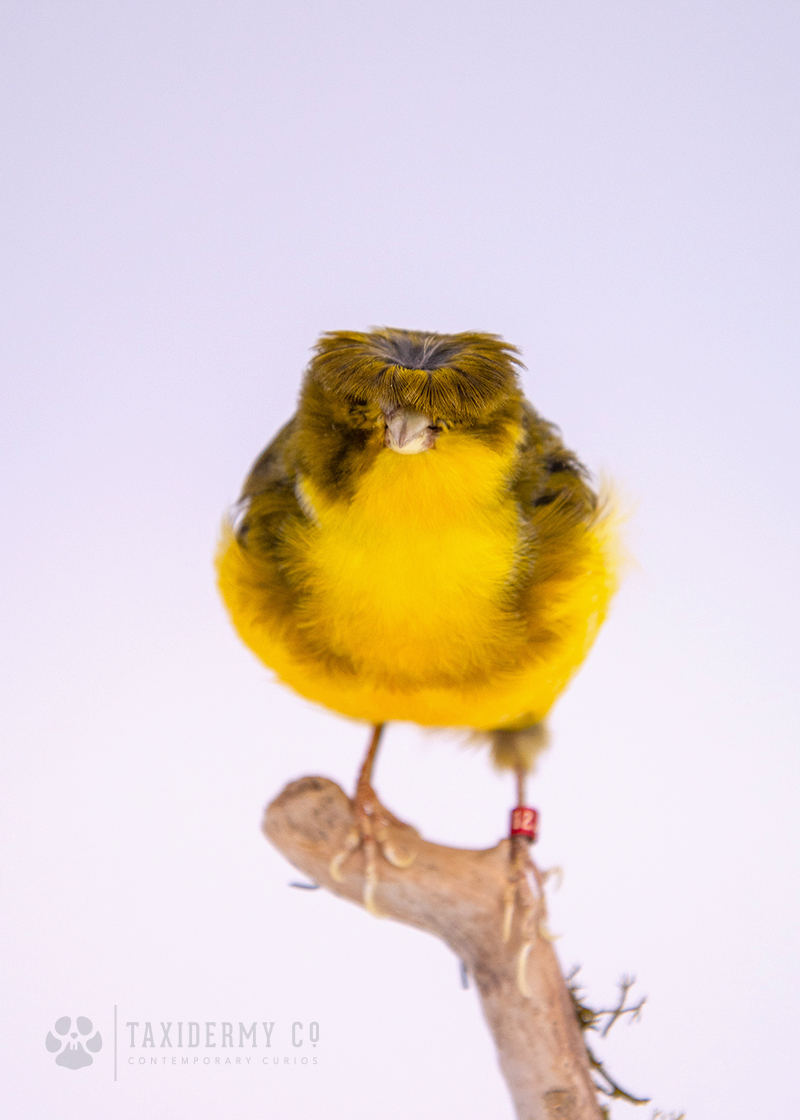







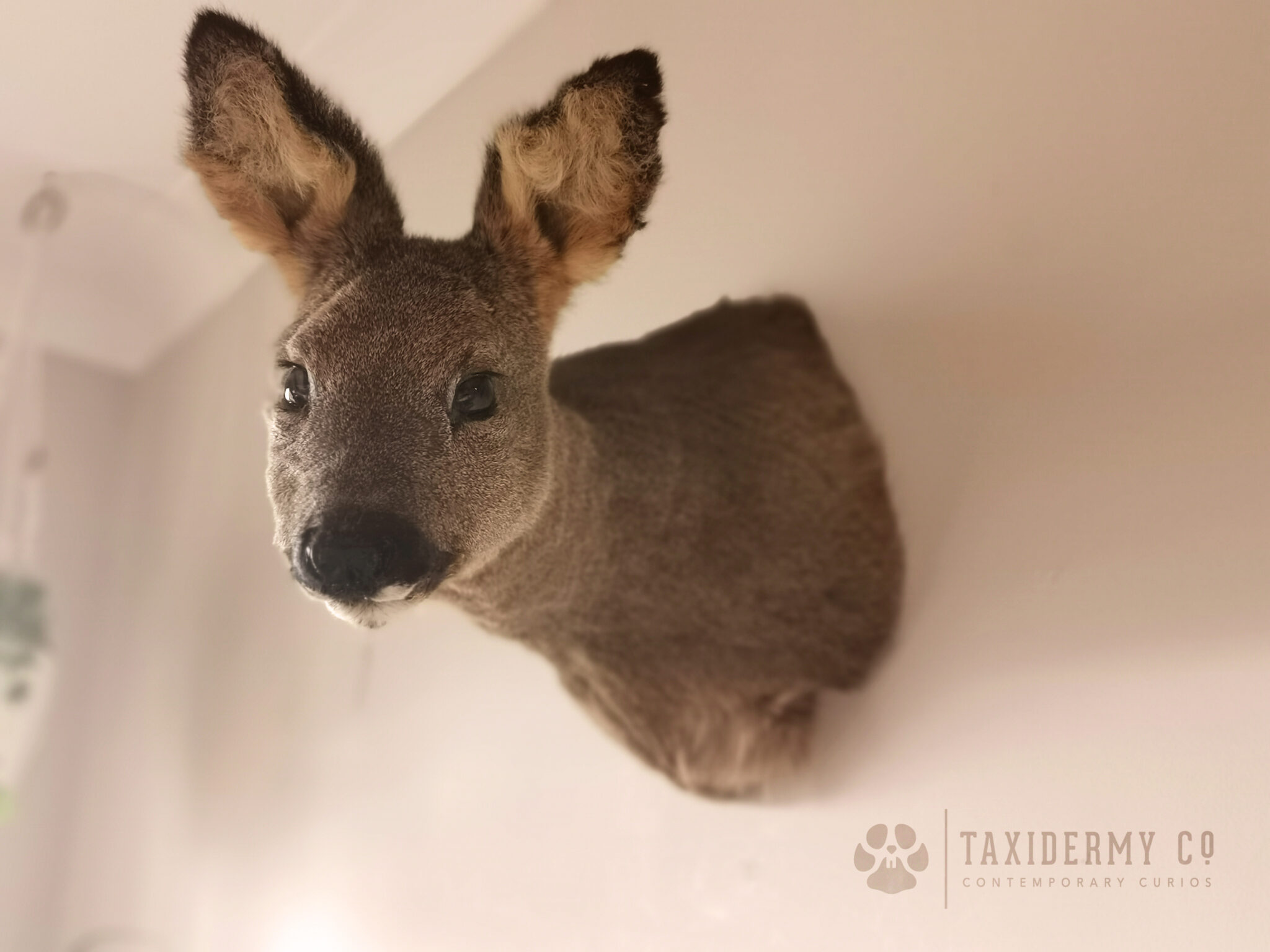




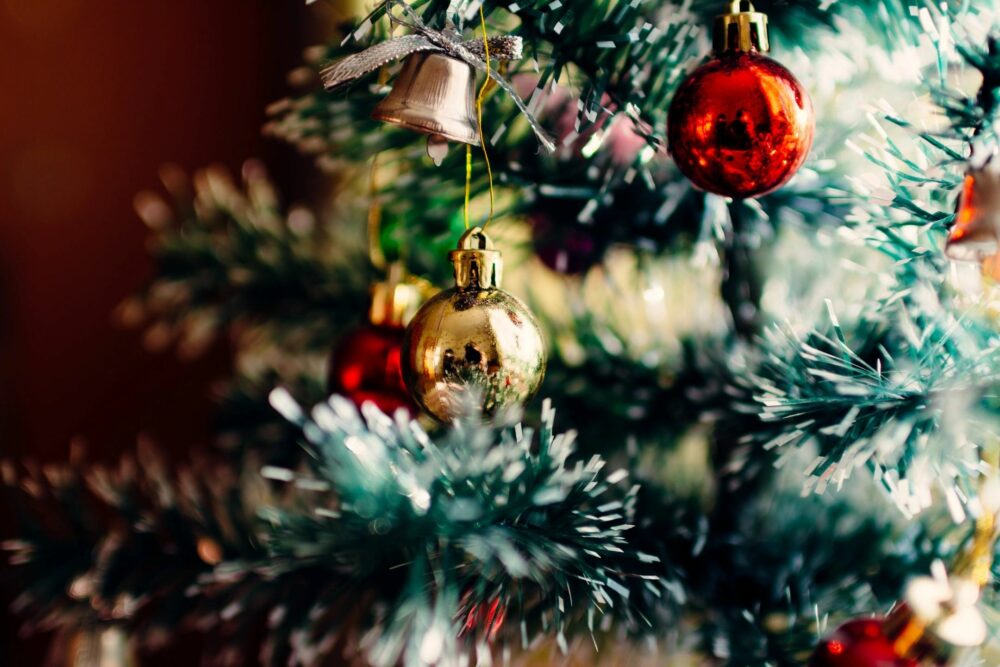
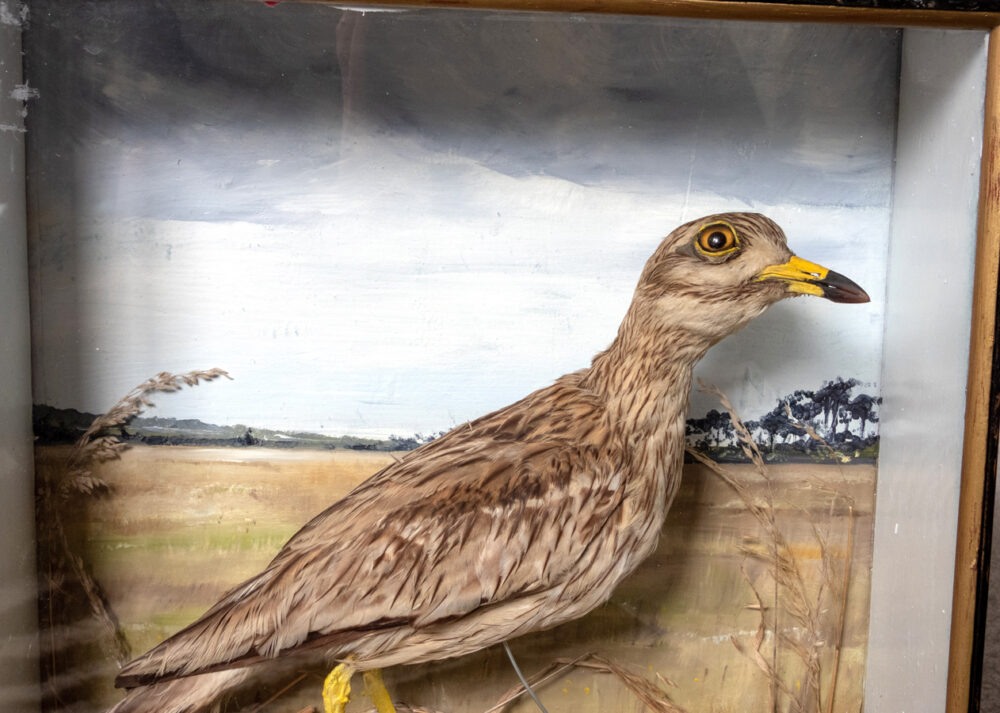


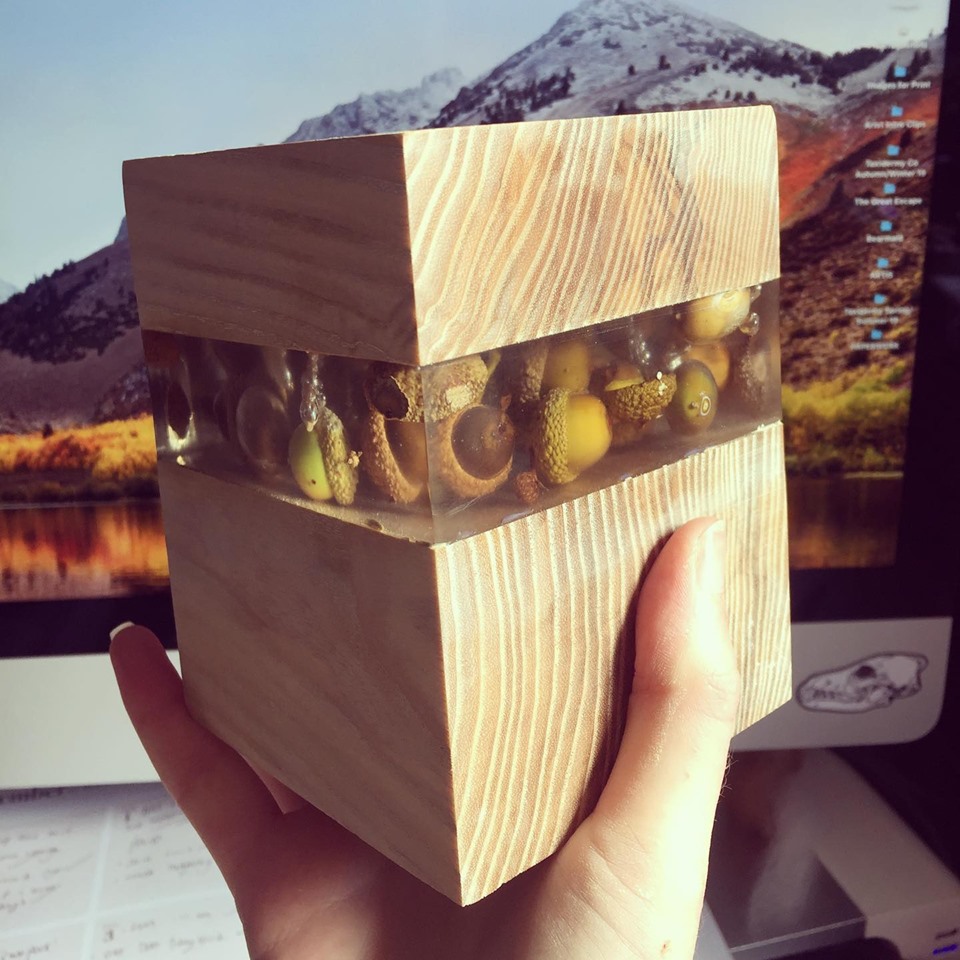




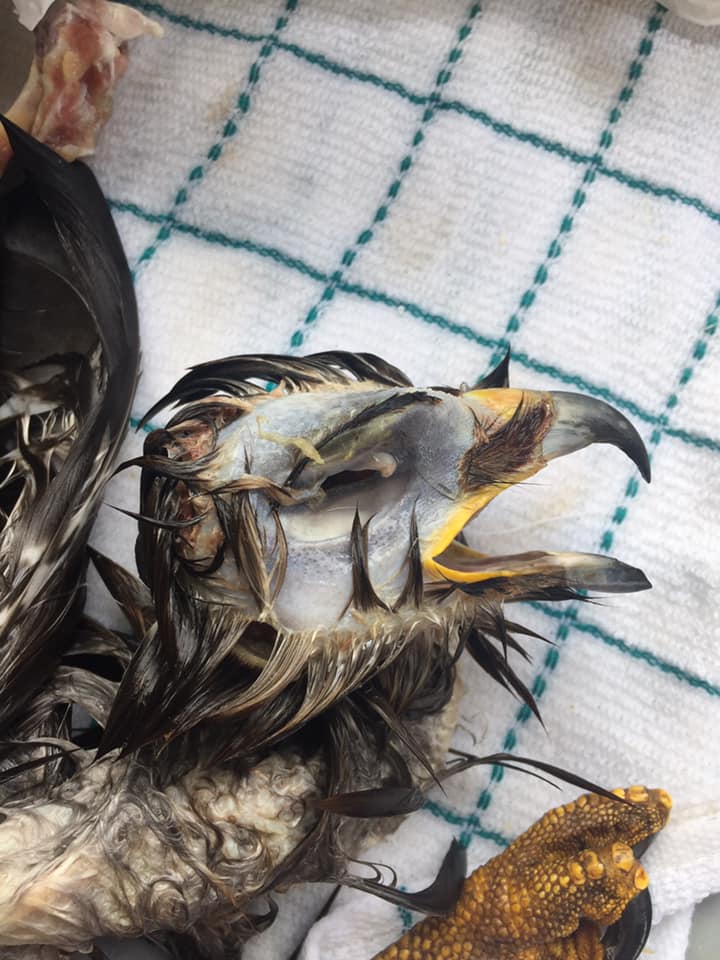
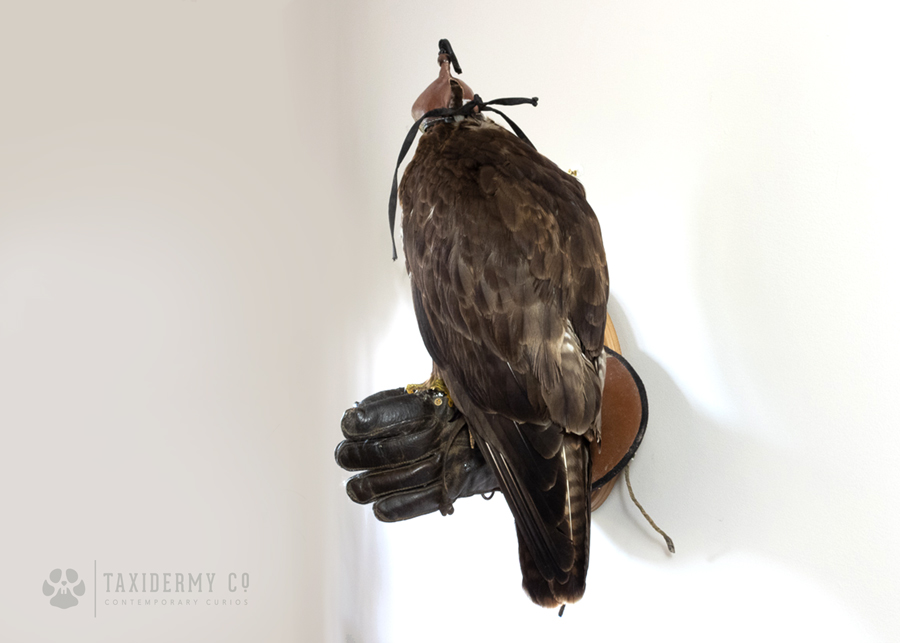
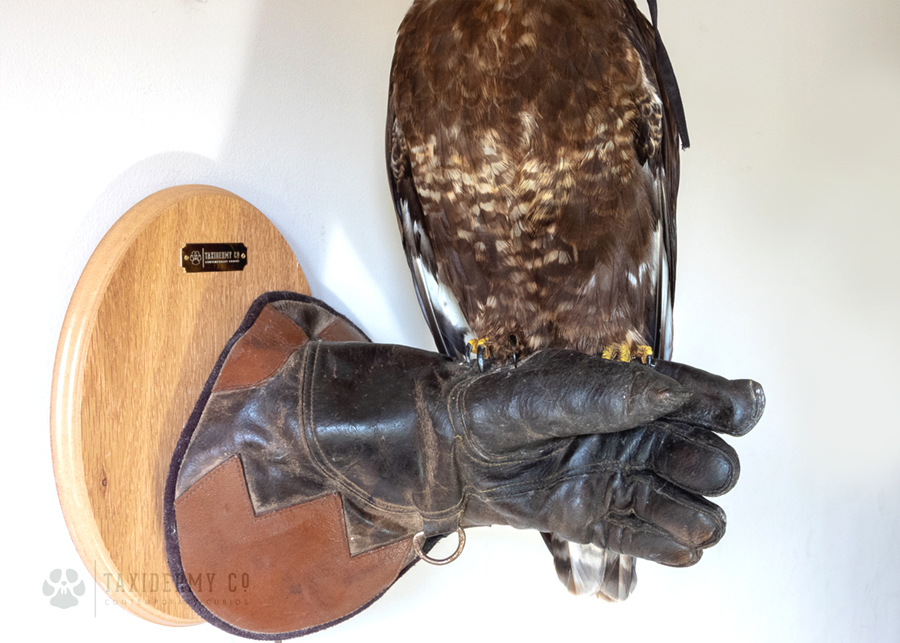
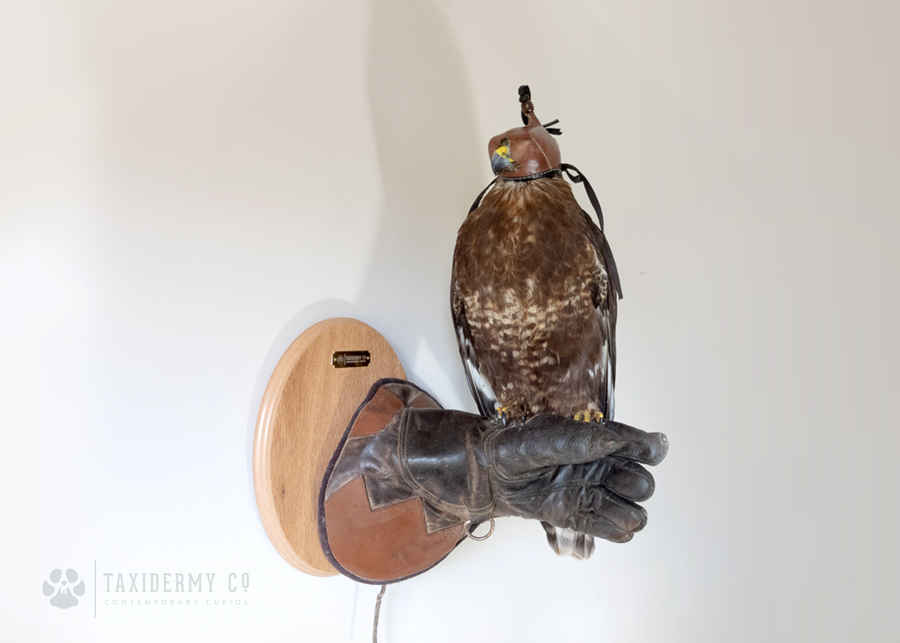
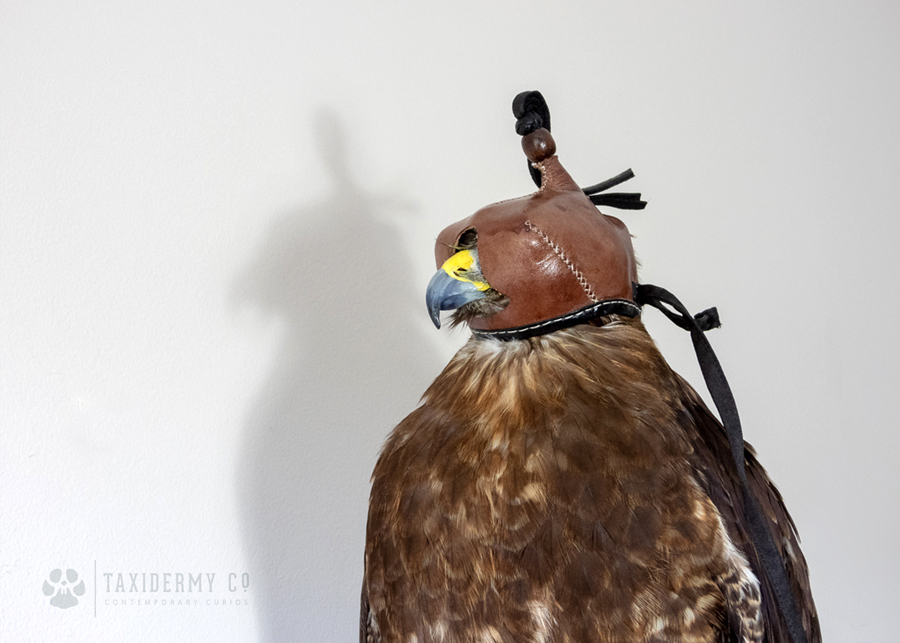
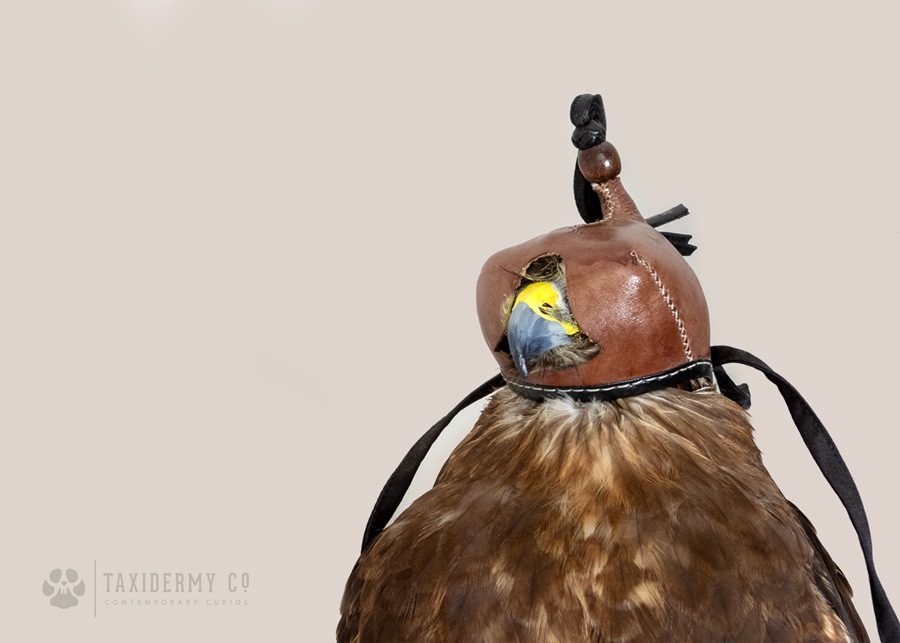
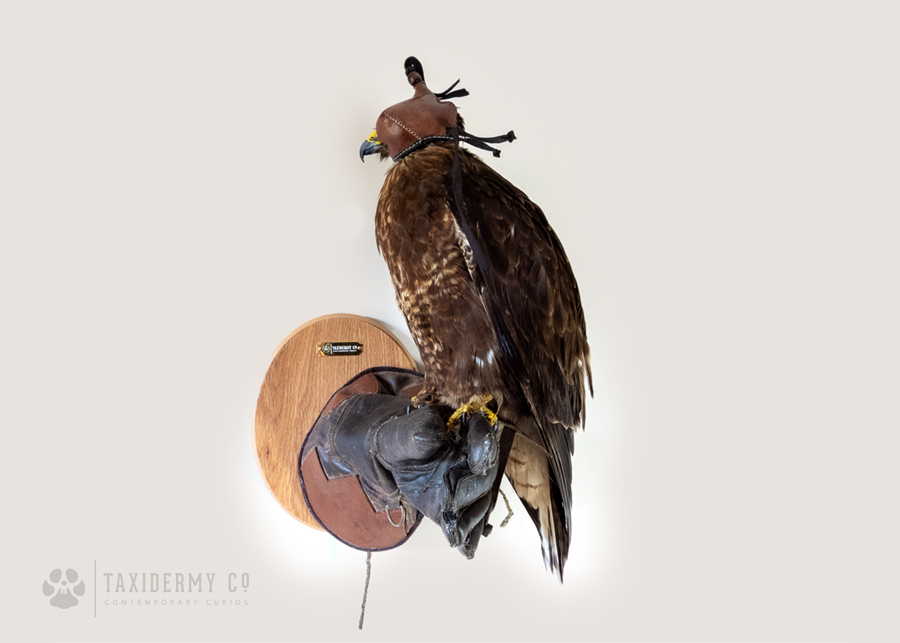
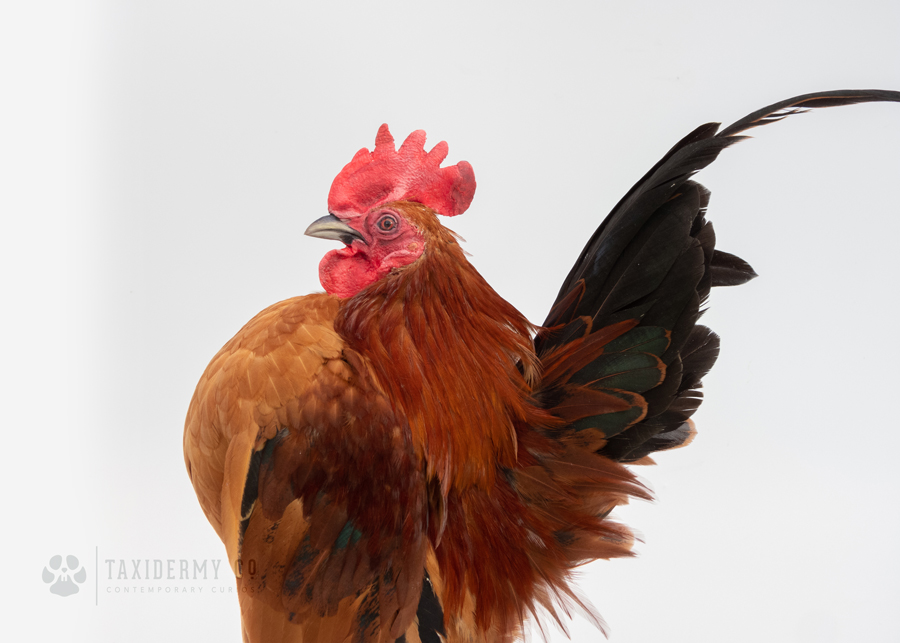
 head where feather meets bare skin was very nerve wracking – the head is the area you do NOT want to mess up on a taxidermy mount!
head where feather meets bare skin was very nerve wracking – the head is the area you do NOT want to mess up on a taxidermy mount!
